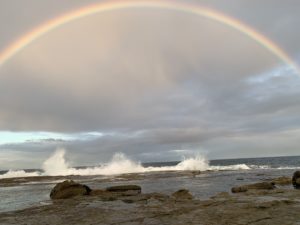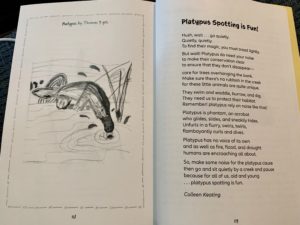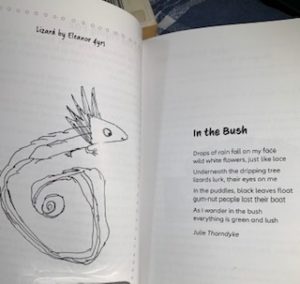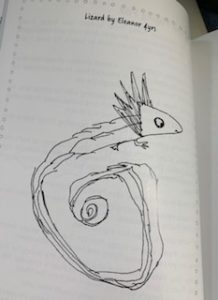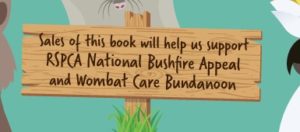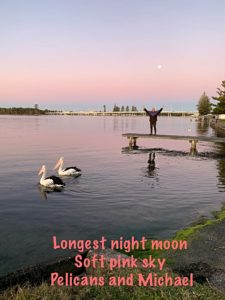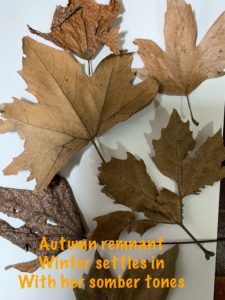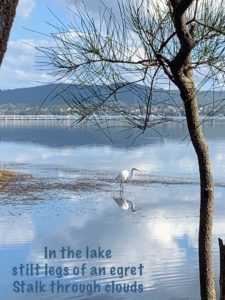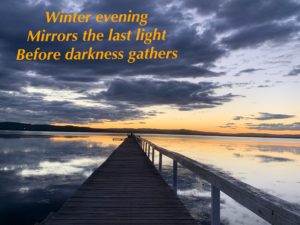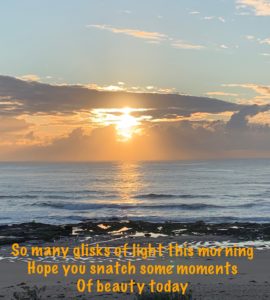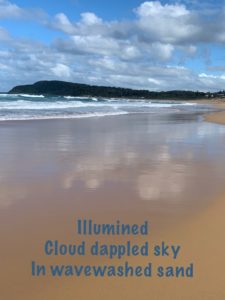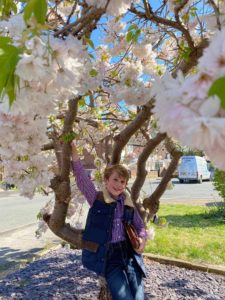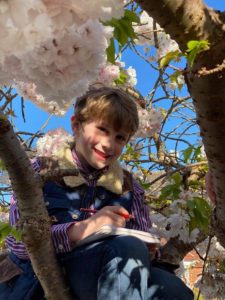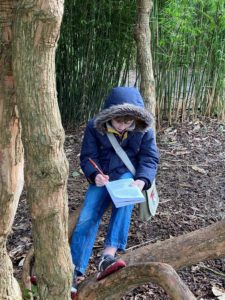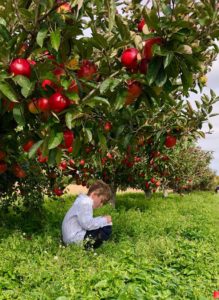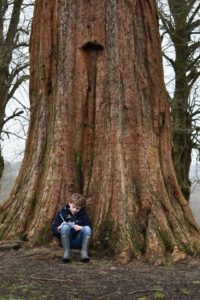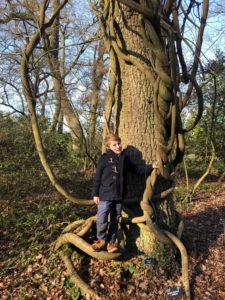
A 12 day pilgrimage trek without blisters
Covering 85 miles ( 137 kms.) in the Rhineland Germany, over 12 days
with stops along the way to listen to scholars on Medieval life, writing and Latin translations, on music and healing and creativity and cosmology is no mean feat . This has been part of my past 12 days as I shared with 150 pilgrims walking in the footsteps of Hildegard of Bingen.. And without blisters for in this pandemic time unable to be in Bingen, Germany, it was a Virtual Pilgrimage through modern day technology of Zoom. What would Hildegard think?
Thank you to all the players who had the dreams the visions and did the hard work to bring this experience to us that especially is Michael Conti (film director and producer) famous for The Unruly Mystic: Hildegard of Bingen and more recently The Unruly Mystic: John Muir and Dr Annette Esser, foundress and director of the Scivias Institute.
Just a poem of one day :

Day 4
It is a virtual pilgrimage . . . maybe
but today ice and wind, fire and snow
brings us into real time
with no power for some connections.
Yet our view is not hindered.
With senses alert
it is even more tangible.
Our pilgrimage – an Emmaus Story.
Pressing forward
with the resilience Hildegard taught us.
We walk together on zoom
sharing about everything Hildegard.
Shanon gathered us,
Lauren shared enthusiastically
of Hildegard’s morality play
Ordo Virtutum
Shanon gives a treatise on Wisdom
Beverley captures us in her learned way
where one just wants to sit and listen
as she reflects on the gift of preaching
many others tell of activities
retreats and events that honour
Hildegard at this time of her feast.
Our virtual walk
through the Land of Hildegard<
from Kiln to St.Johannisberg
where Annette speaks Hildegard’s words
on the Living Light
and into the village of Weiler.
And as we reflect
Hildegard seems ever present
Do we not recognise
in each of us her many gifts?
The miracle is we each walk alone
but together with a oneness and intimacy
of being in each others presence
across time zones, weathers and seasons.
Hildegard our focus.
Our eyes are opened
our hearts burning within us
while we accepted again the gifts she gives us
to share with our broken world.


On our 12 day Virtual Pilgrimage called Saint Hildegard Speaks
we joined each day via Zoom at one of the stations along the way.
Our pilgrimage took us through the fields, forests, hills and vineyards of the Nahr Valley (Nahr is a Celtic word for ‘Wild River’) a beautiful and rather undiscovered landscapein the heart of the Rhine . Dr Annette Esser after she completed the Camino a few years before was inspired to create The Hildegard Way
And today the 17th September is our final day. This is Hildegard’s Day. We give special memory to her this day the anniversary of her death on the 17th of September 1179. Here at the Hildegard House with parish priest Rev. Shannon Sterringer, Fairport Harbour, Ohio
celebrating

Many call this her Feast Day. It is a Catholic tradition to make people saints. Hildegard holds the record for the longest time between a death and canonisation.. Part of me steers away from this after all the enormous effort that went into making Mary MacKillop a saint . The miracles that have to be proved to be a saint is very confusing.
As far as I am concerned Hildegard was a saint at the time she died because the people made her a saint. Later I will quote from my book how the people loved her and how she gave herself to them. When papers were sent to have this declared in the next years after her death it was refused. And a few hundred years later when the Benedictan sisters tried again the papers were ‘lost.’
Hildegard has returned at this time in our world to help restore us with her cosmic and feminine theology, her creativity, music and healing knowledge and to help us find balance in our lives and on our planet
The Vatican has jumped onto the cause now (2012). and has given Hildegard the status of Sainthood and Doctor of the Church.
For me the most beautiful portrait of Hildegard is this one below. I feel such compasssion in it.Compassion is what we need today in this broken world.
Compassion for our planet
Compassion for humanity
Compassion for ourselves.

The idea was planted like a seed is planted, like a whisper heard , like a dream dreamt, Dr Annette Esser is inspired to create the Hildegard Way. I am so proud that a poem of mine set in Disenbodenberg the place where Hildegard lived for 40 years of her life is translated into German and included in her book on the pilgrimage trail


And this is how my poem slowly came back into English and became part of the Saint Hildegard Speaks Virtual Pilgrimage and I became part of this whole amazing experience






